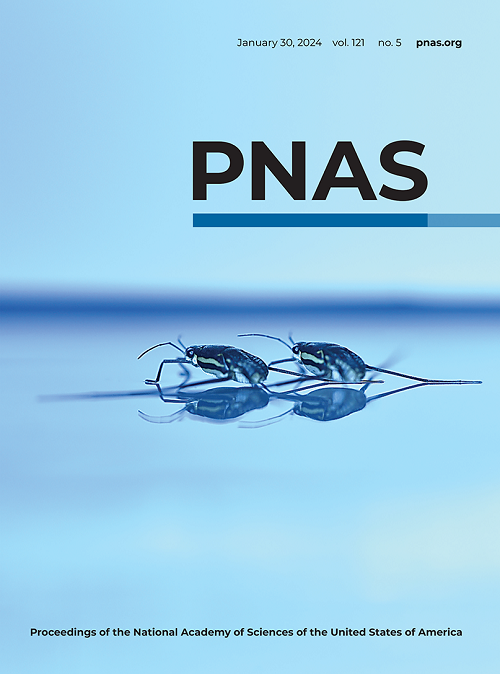Manipulating hydrogenation pathways enables economically viable electrocatalytic aldehyde-to-alcohol valorization
IF 9.4
1区 综合性期刊
Q1 MULTIDISCIPLINARY SCIENCES
Proceedings of the National Academy of Sciences of the United States of America
Pub Date : 2025-02-20
DOI:10.1073/pnas.2423542122
引用次数: 0
Abstract
Electrocatalytic reduction (ECR) of furfural represents a sustainable route for biomass valorization. Unfortunately, traditional Cu-catalyzed ECR suffers from diversified product distribution and industrial-incompatible production rates, mainly caused by the intricate mechanism−performance relationship. Here, we manipulate hydrogenation pathways on Cu by introducing ceria as an auxiliary component, which enables the mechanism switching from proton-coupled electron transfer to electrochemical hydrogen-atom transfer (HAT) and thus high-speed furfural-to-furfuryl alcohol electroconversion. Theoretical and kinetic analyses show that oxygen-vacancy-rich ceria delivers an efficient formation−diffusion−hydrogenation chain of H* by diminishing H* adsorption. Spectroscopic characterizations indicate that Cu/ceria interfacial perimeter enriches the local furfural, synergistically lowering the barrier of the rate-determining HAT step across the perimeter. Our Cu/ceria catalyst realizes high-rate HAT-dominated ECR for electrosynthesis of single-product furfuryl alcohol, achieving a high production rate of 19.1 ± 0.4 mol h求助全文
约1分钟内获得全文
求助全文
来源期刊
CiteScore
19.00
自引率
0.90%
发文量
3575
审稿时长
2.5 months
期刊介绍:
The Proceedings of the National Academy of Sciences (PNAS), a peer-reviewed journal of the National Academy of Sciences (NAS), serves as an authoritative source for high-impact, original research across the biological, physical, and social sciences. With a global scope, the journal welcomes submissions from researchers worldwide, making it an inclusive platform for advancing scientific knowledge.

 求助内容:
求助内容: 应助结果提醒方式:
应助结果提醒方式:


